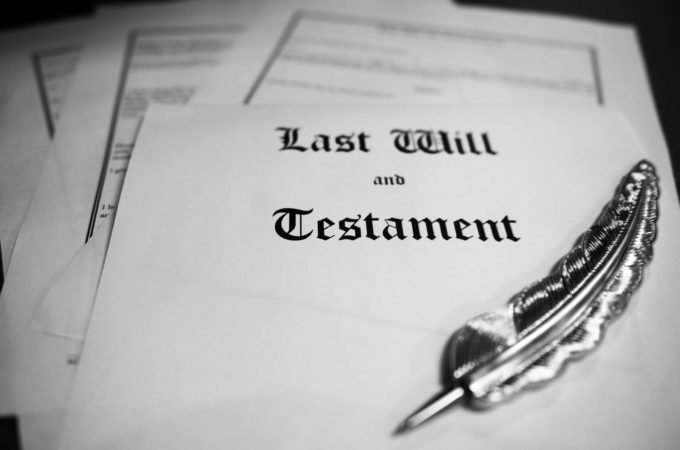Last summer I wrote a number of blog posts that touched on the then- new “substantial compliance” rules found at Section 21.1 of the Succession Law Reform Act that came into effect at the beginning of 2022. As a quick refresher, the crux of this provision is that the Court has the authority to validate wills and codicils that are invalid due to issues with their form or execution. In order to do so, the Court must be satisfied that the document in question is authentic and expresses the deceased’s testamentary wishes and does not suffer any substantive problems or defects. The party seeking to propound this document bears the burden of proving that it is authentic and accurately expresses the testamentary wishes of the deceased testator.
A year later, there are now a several more cases that demonstrate the substantial compliance principles at work, and indicate that the intentions of the legislature are indeed being upheld through the case law. The recent case Salmon v. Rombough, 2024 ONSC 1186 of Justice Leroy from early this year is a notable example.
In this proceeding, the deceased testator had drafted a will in 2012, shortly after the death of his partner. This will was prepared by a solicitor and met all formal requirements. In the will, the deceased made a number of bequests to the applicant and her husband and two charities. The residue was divided amongst a number of family members and friends. Over the course of the following years, the deceased’s friendship with the applicant and her husband strengthened, and he fell out of touch with some of the other beneficiaries. In late 2021 the deceased created a new testamentary document that reflecting this.
Unfortunately, as we all well remember, the end of 2021 was marked by an increase in COVID-19 cases in Ontario and around the world. The evidence in the proceeding indicated that the deceased was very concerned about COVID-19 and was exceedingly cautious about leaving his home during this period, as his condition worsened. Due to his failing health, the deceased did not attend a lawyer’s office to draft and execute the will, nor have witnesses attend his home. Instead, he carefully photocopied, cut and pasted sections of his previous 2012 will into his notebook, and added in new provisions by hand. This new testamentary document left the deceased’s home, which was mortgage-free, to the applicant, and made a number of bequests to the other friends and relatives. He signed and dated the document he had made on December 31, 2021.
Although clear and precise, this document did not meet the requirements for either a formal will or a holograph. The deceased died a few weeks later, on January 15, 2022 – only two weeks after Section 21.1 took effect. Had he passed away a few weeks earlier, this provision would not have been available to the applicant, and this matter would have had a different outcome. The evidentiary record revealed that the December 2021 document did indeed reflect the deceased’s wishes, and that there was no evidence to support allegations of undue influence, incapacity or a claim that the document was fraudulent or inauthentic. Justice Leroy held that the this document was a valid codicil to the original 2012 will, and upheld both, which worked together to fully cover all of the deceased’s assets.
Justice Leroy described the principles of Section 21.1 that he applied as a movement toward pragmatism and away from formalism, but notes they would not save a will that are invalid for substantive reasons, which are chiefly undue influence and incapacity.
In his judgment, Justice Leroy cited a number of recent decisions in which similar sentiments are expressed as well. In one, Groskopf v. Rogers et al, 2023 ONSC 5312, the deceased had used a fillable will kit, and had failed both to date the will and to have witnesses sign and date it, as required. In this case, Justice Hilliard found that the will was valid, however awarded costs on a partial indemnity basis due to this having been the first recorded case in Ontario interpreting Section 21.1. Similarly, in Vojska v Ostrowski, 2023 ONSC 3894, an endorsement issued by Justice Myers, then of the Toronto Estates List, upheld a formally invalid will that met the requirements under Section 21.1, stating “It is hard to imagine a more textbook example of a case for which the new power to validate was intended”. Given the clear demonstration of the substantial compliance principles relied on by Justice Leroy, in my view, the same could be said of Salmon.
Thanks for reading.


0 Comments